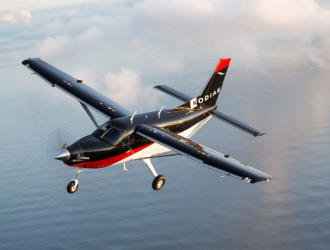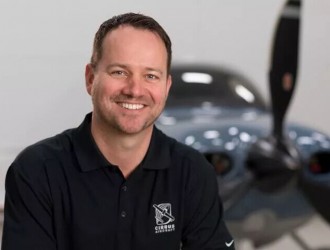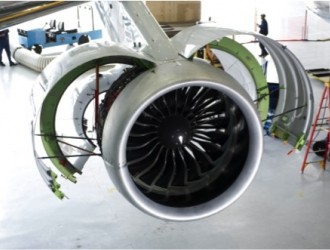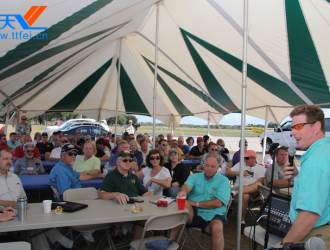
He cut short his holiday and began assembling a team. Sutter believed he was picked to lead development because engineers his senior were designing the supersonic 2707: “I was simply at the right place at the right time and I consider myself hugely fortunate.”
Sutter tells the story, culminating in appointment as executive vice president for engineering and product development, in his autobiography, 747. After retirement in 1986 he remained a consultant on Boeing’s senior advisory group, maintaining an office at Boeing for another 20 years, while keeping a close eye on industry developments.
This writer met him first while working for AIN Singapore Airshow News in 2002. As we watched the A340-600 display, it was impossible to gauge from Sutter’s expression and vocal tone whether he felt any disappointment that it was not a 747 performing. With the elegant European widebody going through the signature Airbus routine that culminates in the pilot selecing landing gear down during a negative-g pushover, he turned and said almost plaintively: “I wish they wouldn’t do that.”
Sutter closes his account of life at Boeing relating how often, during 15 or more years of consultancy fro the mid-1980s, he returned from Tokyo to Seattle following overseas business. In a couple of hours’ aircraft watching at Narita airport, he would count as many as 55 of the big quad-jets passing through.
“The last time I did this, I had the strongest feeling that the guys who helped me design the 747 were standing there with me,” he recalled. “So many members of our team are gone, of course, but I found myself wishing we could have a reception at Narita. There would be no need for entertainment—just seeing all those 747s touch down, one after another, would have been enough. It would have shown how we changed the world.”





